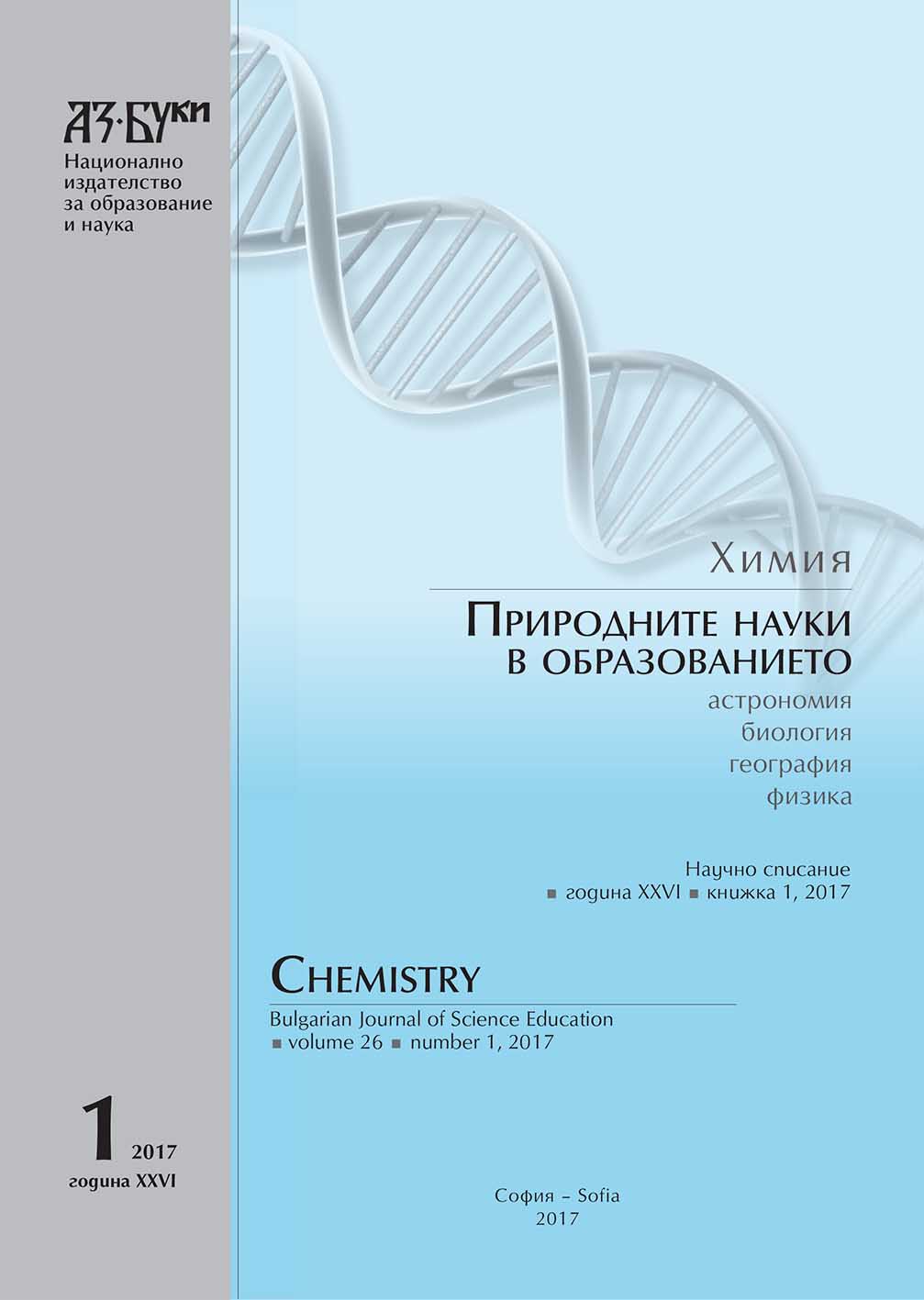Synthesis and Characterization of Compound PMPA Using Nuclear Magnetic Resonance Spectroscopy and Optimized Molecular Structures Calculated Using the DFT/B3LYP Method with the 3-21G** Basis Set Combined with CoII Complex
Synthesis and Characterization of Compound PMPA Using Nuclear Magnetic Resonance Spectroscopy and Optimized Molecular Structures Calculated Using the DFT/B3LYP Method with the 3-21G** Basis Set Combined with CoII Complex
Author(s): Mohammad Mahdi Akbarzadeh, Khirollah Mehrani, Shahriar Ghammamy, Vahideh Hadigheh RezvanSubject(s): Social Sciences, Economy, Education, School education, Vocational Education, Adult Education, Higher Education , Inclusive Education / Inclusion, Socio-Economic Research
Published by: Национално издателство за образование и наука „Аз-буки“
Keywords: 1H-Pyrrole-2-carbaldehyde; HETCOR; DEPT 90; DFT/B3LYP; 13C-13C COSY
Summary/Abstract: In this study, the Schiff base complex of CoII derived from reaction between Benzene-1,2-diamine, Acetophenone, and 1H-Pyrrole-2-carbaldehyde have been synthesized. All the complexes have been characterized on the basis of elemental analysis and spectral studies. All the complexes are light in color and stable to atmosphere. Elemental analysis shows ML2 stoichiometry for the complex. IR spectral data indicates coordination through NH pyrrole and azomethine nitrogen groups. Electronic spectral data suggests a polymeric octahedral structure for the CoII complex. The structural characterization of Schiff base and cobalt complexes were carried out on the basis of their melting point, solubility, elemental analyses, conductivity measurements, FT-IR, 1H NMR, 13C NMR, DEPT 90, and HETCOR spectroscopy studies. Molecular geometries, vibrational frequencies, and NMR frequencies of the title compounds in the ground state are calculated using the Hartree-Fock (HF) and density functional theories (DFT/B3LYP), and GIAO methods with the 3-21G** basis set and compared with the experimental data. The calculated results show that the optimized geometries can reproduce the crystal structural parameters, and the theoretical vibrational frequencies show good agreement with the experimental values. The calculated Highest Occupied Molecular Orbital (HOMO) and Lowest Unoccupied Molecular Orbital (LUMO) energies show that charge transfer occurs within the molecule. The geometries and normal modes of vibrations obtained from DFT/3-21G** calculations are in good agreement with the experimentally observed data.
Journal: Химия. Природните науки в образованието
- Issue Year: 26/2017
- Issue No: 1
- Page Range: 103-132
- Page Count: 30
- Language: English
- Content File-PDF

